1. Comparison of mechanical properties of two pipes
1.1 Comparison of strength of materials at room temperature
The short-term and long-term strength of PVC materials are much higher than that of PE materials.
1.2 Comparison of minimum required strength (MRS) and safety factor (C)
Both theoretical and practical experience have shown that the MRS and safety factor of PVC are much higher than PE, that is, the strength and safety of long-term use are higher than PE. Then, for the same 75mm pipe, the wall thickness of the pipe produced by PVC material is much thinner than that of the pipe produced by PE material. This is because the strength and long-term strength of PE material at room temperature are not as high as those of PVC, and the strength can only be increased by increasing the wall thickness. If the same wall thickness is taken, the PE pipe cannot reach the strength required for use. If the same pipe diameter is taken, the water conveyance diameter of PVC pipe is larger than that of PE pipe. On the contrary, if the same water conveyance volume is to be achieved, a PE pipe with a larger diameter is required, and the engineering cost is significantly increased. It shows that the higher strength and rigidity of PVC material are economical to use as a water supply pipe.
1.3 Life comparison
Polyvinyl chloride (PVC) is a good macromolecule, which is more stable than monomer vinyl chloride (PE) and some small molecules, so it is less susceptible to environmental impact. However, the emergence of high molecules such as cross-linked vinyl chloride will make progress in this regard. 2. Comparison of hygienic properties 2.1 Both PVC and PE are environmentally friendly materials. Both can be recycled and reused, which is a resource-saving and environmentally friendly material. 2.2PVC can be hygienic and non-toxic like PE. Plastic products are more likely to cause misunderstandings about the so-called "toxic and non-toxic" issues. Polyvinyl chloride may be one of the deeper misunderstandings. Scientifically speaking, there is no problem of toxic and non-toxic classification of plastic products, but the problem of general plastics and food-grade plastics. In fact, most plastics are non-toxic. They can be used to make food packaging, medical supplies, and even some bones and organs in the human body.
2. Polyvinyl chloride products are divided into general grade and food grade.
Food-grade PVC products have strict requirements on the content of heavy metals in additives and vinyl chloride monomer (VCM) in PVC. However, this does not mean that general-grade PVC products are toxic, but that they are not suitable for use in the field of food hygiene. It is not that some people think they cannot be used or touched. Generally speaking, the processing of PE materials has few additives and is considered to be hygienic and non-toxic. The controversy over polyvinyl chloride stems from these two aspects. Let's make a brief analysis below.
(1) Regarding the problem of vinyl chloride (VCM) monomer, it did exist in the early stage of production. However, after so many years of hard work and progress, its synthesis process has become increasingly perfect. Domestic chlor-alkali enterprises can produce sanitary resins with a VCM content of less than 5 mg/kg by introducing advanced foreign technical equipment and modifying processes. In addition, domestic large and medium-sized processing enterprises use advanced equipment, so the VCM content of the final product will definitely not exceed 1 mg/kg, which fully meets the food grade requirements.
(2) The controversy over stabilizers is mainly about heavy metal content. The health organizations of various countries have different regulations on the use of different stabilizers in water supply pipes. To this day, there are still many countries that allow the use of low-lead series stabilizers. They believe that modern processing equipment is advanced, the amount of stabilizer required to be added is small, and the lead that can be dissolved and seeped from the surface of the pipe is very small. During use, the lead that can seep through the initial flushing is basically non-existent, and it completely reaches the safe range of use. The World Health Organization (WHO) stipulates that the total lead content in drinking water is less than 0.01 mg/L. With the improvement of people's living standards, the pursuit of high-quality living standards, sanitation and non-toxicity are also the development direction of PVC pipes. In recent years, stabilizer systems such as organic tin, rare earth, calcium-zinc composite agents with better sanitation functions have appeared, making the PVC pipe system completely lead-free. In 1998, the "Safety Evaluation Standard for Drinking Water Distribution Equipment and Protective Materials" was newly promulgated, which stipulates that the lead content is less than 0.005mg/L (stricter than the WHO's regulations). The use of new sanitary stabilizers to produce PVC pipes can fully meet the requirements of this standard. Therefore, as long as the PVC pipes produced by enterprises that pass strict requirements and certification are produced, there is no worry.
3. Development Overview
Since the Shanghai Construction Committee issued a decision in 1998 that galvanized steel pipes are no longer allowed to be used as water supply pipes, many provinces and cities in China have made similar decisions. In 1999, the State Council forwarded the joint notice of the Ministry of Construction and other 8 ministries and commissions on "Several Opinions on Improving Housing Quality", and also affirmed this decision. Since then, my country's new water supply pipes have developed rapidly, and various new pipes have been developed and introduced. In advanced industrial countries such as Europe, the United States, and Japan, PVC and PE water supply pipes have been fully developed. Some documents even assert that the use of PVC and PE pipes for water supply pipes of 50mm and below accounts for more than 80% to 90% of the total. After my country banned the use of galvanized steel pipes, PVC and PE pipes also occupied a large proportion of the domestic market.
The plastic pipes used in my country's water supply network are mainly PVC pipes. PE pipes were used relatively late and less. In the past ten years, with the development and application of PE pipes in the European water supply industry, PE pipes have begun to attract people's attention. In particular, PVC has been increasingly under pressure from environmental protection in recent years. Whether the content of heavy metals lead and cadmium in PVC pipes exceeds the limit has made PE pipes more and more concerned by people. And this time, Beijing is at the forefront of the use of PE pipes. Since the second half of 2003, Beijing has continuously adopted environmentally friendly polyethylene (PE pipe) for water and gas supply networks. Since 2003, Guangxi has promoted the use of polyethylene (PE pipe) for water supply, which has been confirmed to be non-toxic and non-polluting, in the installation of new residential pipes.
4. The current situation and development of PVC and PE pipes
Since the early 1980s, the use of upvc pipes has been vigorously promoted, and a series of policies, guidelines, and standards have been formulated, and a lot of experience has been accumulated. Development to now has a complete product specification, test method specification and test method, construction engineering technology specification, etc., and then unified the product standard and quality indicators, and achieved product interchangeability. This shows that the development of PVC water supply pipes has entered a mature stage, and both product quality and construction quality have been achieved, and then the use of PVC water supply pipes has been realized. The international standard (ISO4427) for PE pipes for water supply was not officially released until 1996. In 1999, my country compiled the standard GB/T13663 with reference to ISO4427, and issued it for implementation in 2000. However, the standards for PE pipe fittings and engineering technical standards are still being improved. This shows that the quality of domestic PE pipes is not stable, and the matching of pipes and fittings is not perfect, so it is impossible to ensure the quality of production and construction.
5. Difficulty and cost of construction technology
Years of application data show that the total construction cost of upvc is 8% to 10% of the primary materials. Compared with PE pipes, the construction cost is roughly the same. Because the installation of PE pipes is more complicated, the installation site requires a construction power supply to melt the joints, the technical requirements are high, and the quality requirements of the melting joints are high. It is easy to cause leakage or joint burst due to improper operation. The joints of PVC pipes are easy to install, no power supply is required at the installation site, the installation method is simple, and it can be installed without special training. There are rarely leakage or joint bursts.
6. Trends
To sum up, the plastic pipes currently used in China are still mainly UPVC pipes, which has historical reasons and scientific reasons. However, looking at the application experience and development status of plastic pipes in the world, the development speed of PE pipes is significantly faster than that of UPVC. The increasing requirements of people for environmental protection and hygiene, as well as the macro-policies and market environment will affect the development of PE pipes and fittings. The prospects are very broad, and it is estimated that the usage will gradually exceed UPVC pipes in the next few years.
Advantages of PE pipes
(1) PE pipe raw materials are non-toxic, non-corrosive, and non-scaling, which can effectively improve the water quality of the pipe network; PE pipes have excellent resistance to water hammer pressure, and the welded joints integrated with the pipes and PE pipes have effective resistance to underground movement and end loads, which greatly improves the safety of water supply.
(2) PE water supply pipe special materials have been greatly developed in recent years. An important reason why PE materials were not developed in the early stage was because of its uneconomical nature. However, after the development of high-performance polyethylene pipe special materials, the application advantages of PE pipes have been enhanced and the application areas of PE pipes have been expanded.
(3) PE pipes have good flexibility and weldability, making them more convenient, economical and safer to lay. PE pipes are laid quickly, with low damage and maintenance costs. As long as the joints are excellent, they can withstand axial loads without leakage and detachment. Therefore, when laying, no expensive anchor points and piers are required at the joints and bends, and the cost can be reduced. PE pipes have rare flexibility, their crack elongation is more than 500%, the bending radius can reach 20 to 25 times the diameter of the pipe, and they are also resistant to scratches. Therefore, it is easy to move, bend and cross during laying, and is suitable for a variety of construction methods such as trenchless pipe laying. In addition, PE pipes have strong adaptability to the pipe foundation. On the one hand, the requirements for the pipe foundation are reduced, and on the other hand, the pipe foundation changes after laying and is not easily damaged.
PVC pipes still have certain market advantages and application advantages in the first period. However, the development of PE pipes will eventually catch up and even surpass PVC pipes, which is also the general trend. For our company, in the process of perfecting the use of PVC pipes, we must continuously improve the process level and work efficiency. On the other hand, we must also learn the relevant knowledge of PE pipes, cultivate relevant talents, and will not lag behind in the promotion and application of PE pipes, and achieve more obvious economic and social benefits. At present, PVC pipes in the market are mainly used as power threading and rainwater pipes and indoor drainage in real estate. The specific product page is PVC electrical conduit (commonly known as PVC threading pipe), PVC drainage pipe, PVC rainwater pipe, and PE pipe is more widely used. In addition to municipal drainage and sewage, there are also non-excavation PE drag pipes. The power department also uses PE pipes for threading. In terms of water supply, most of the pipes in rural drinking water safety projects in various places are PE pipes.
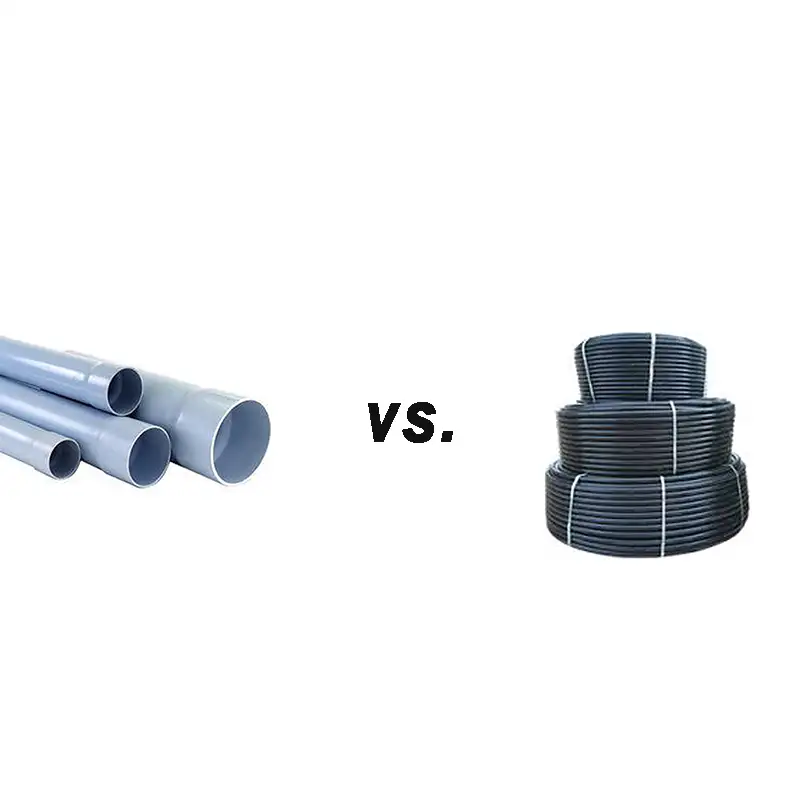
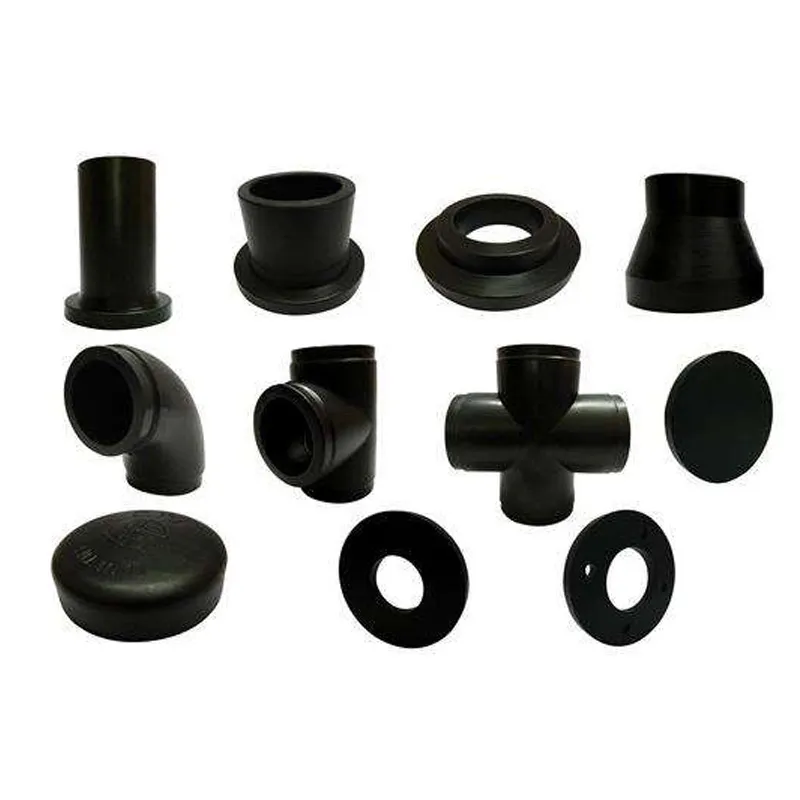
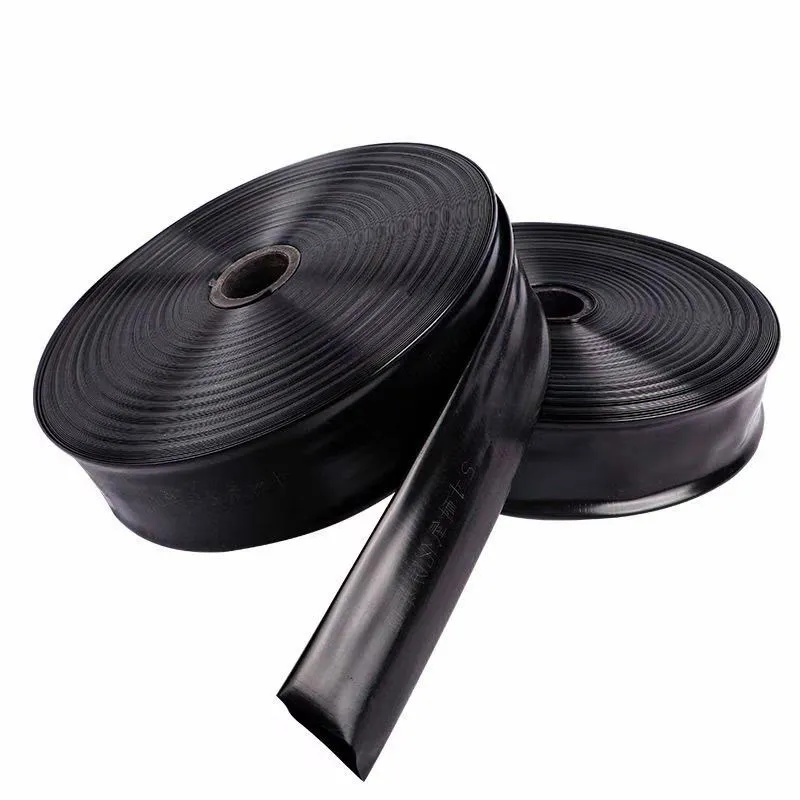
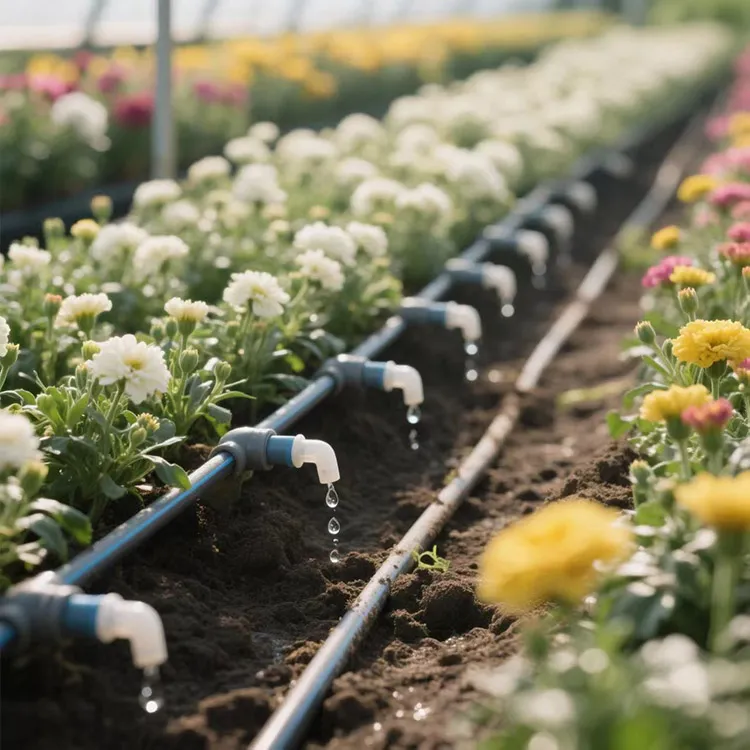
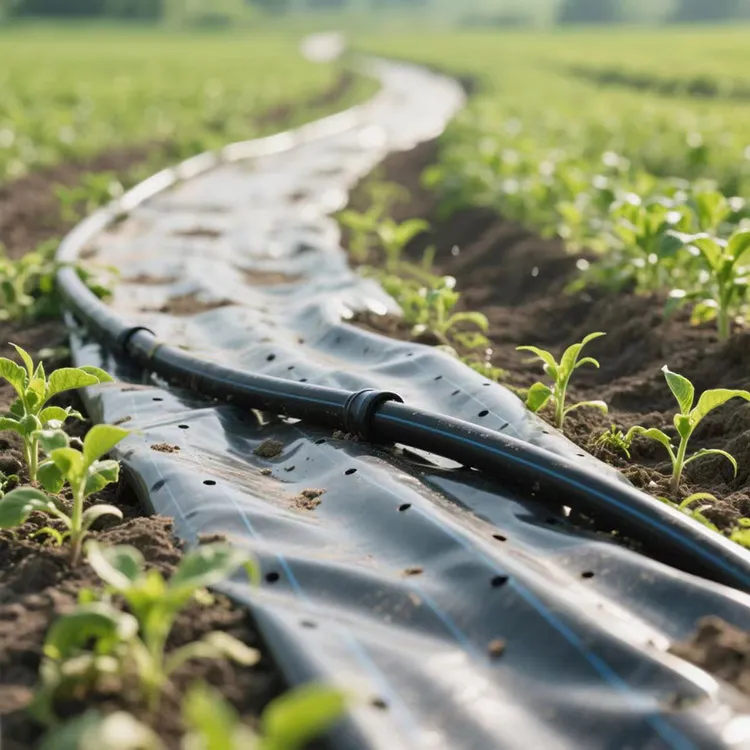
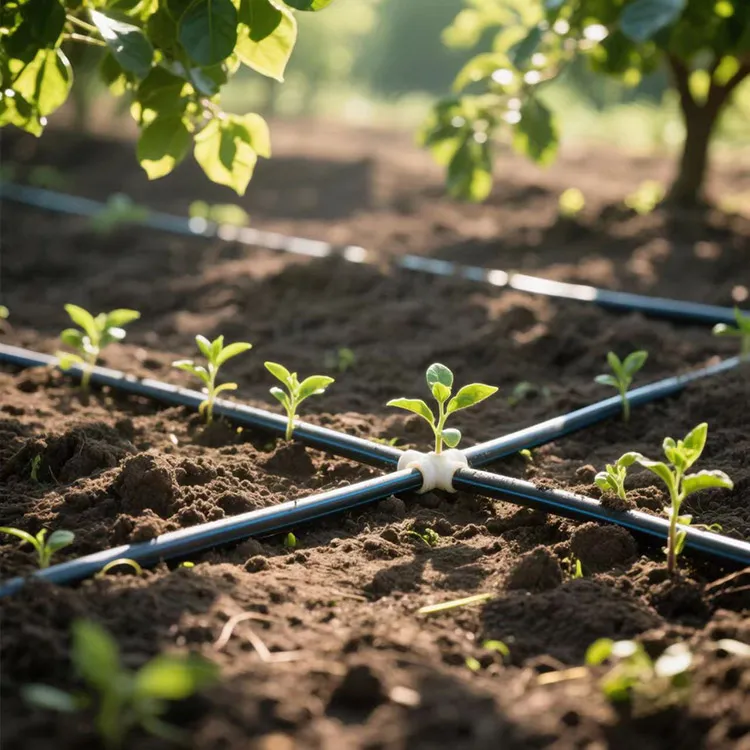
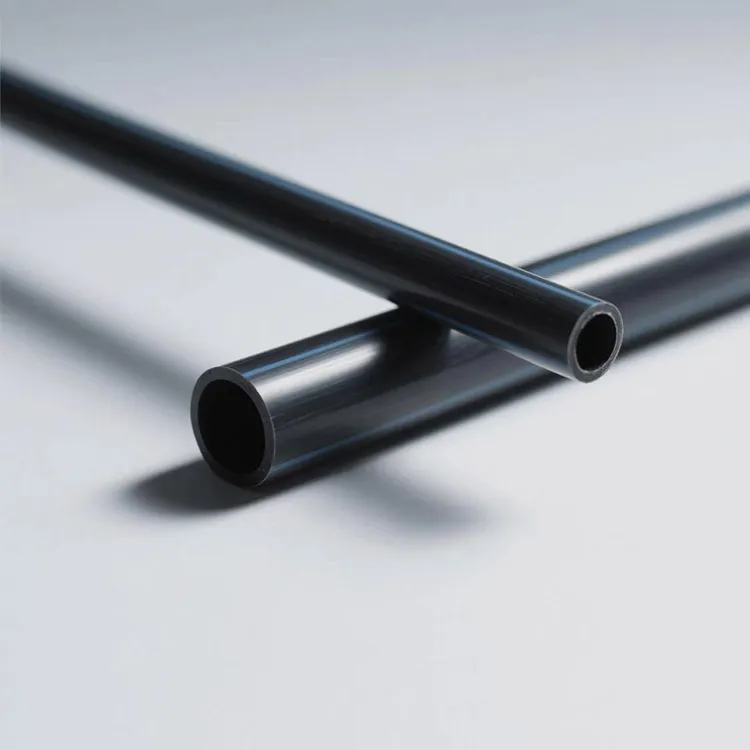
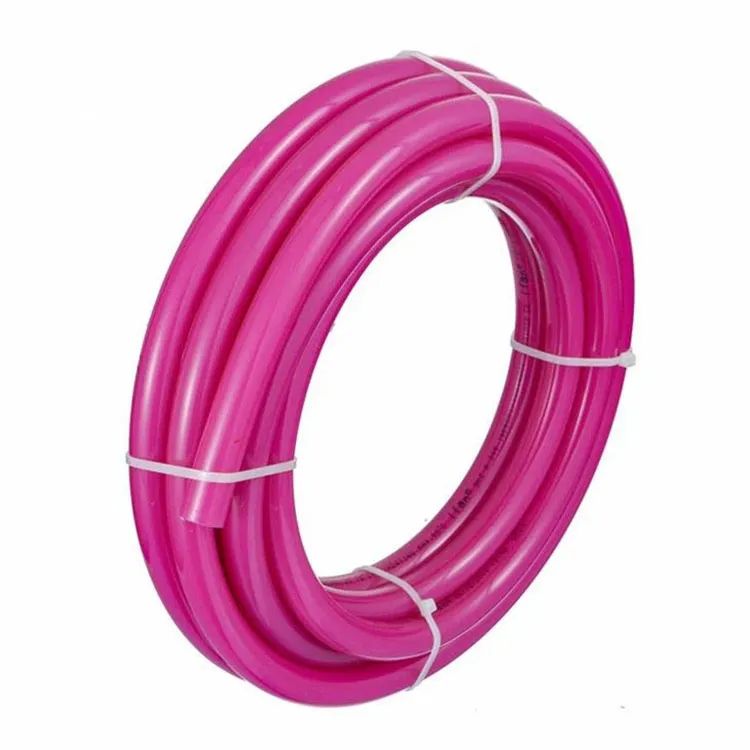
294.webp)
476.webp)
420.webp)
146.webp)
460.webp)
287.webp)
274.webp)


